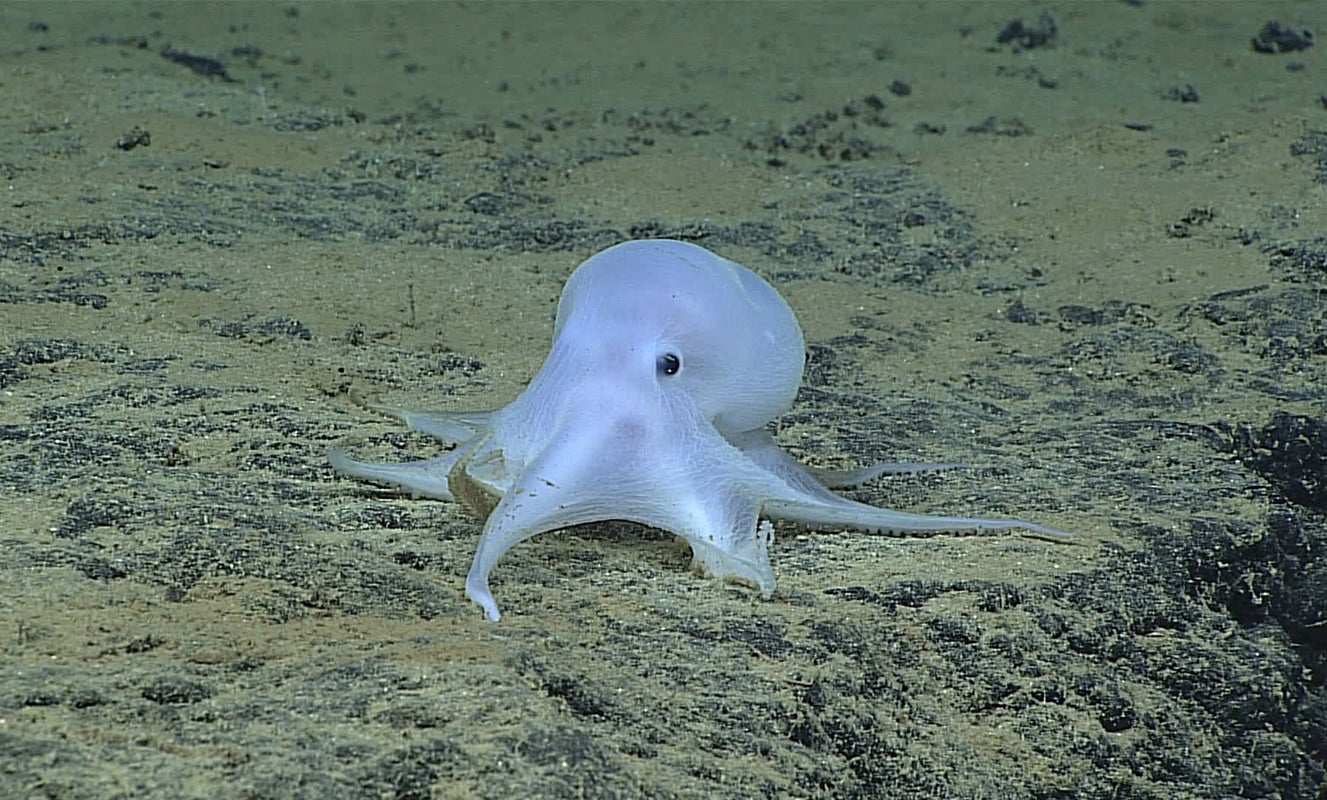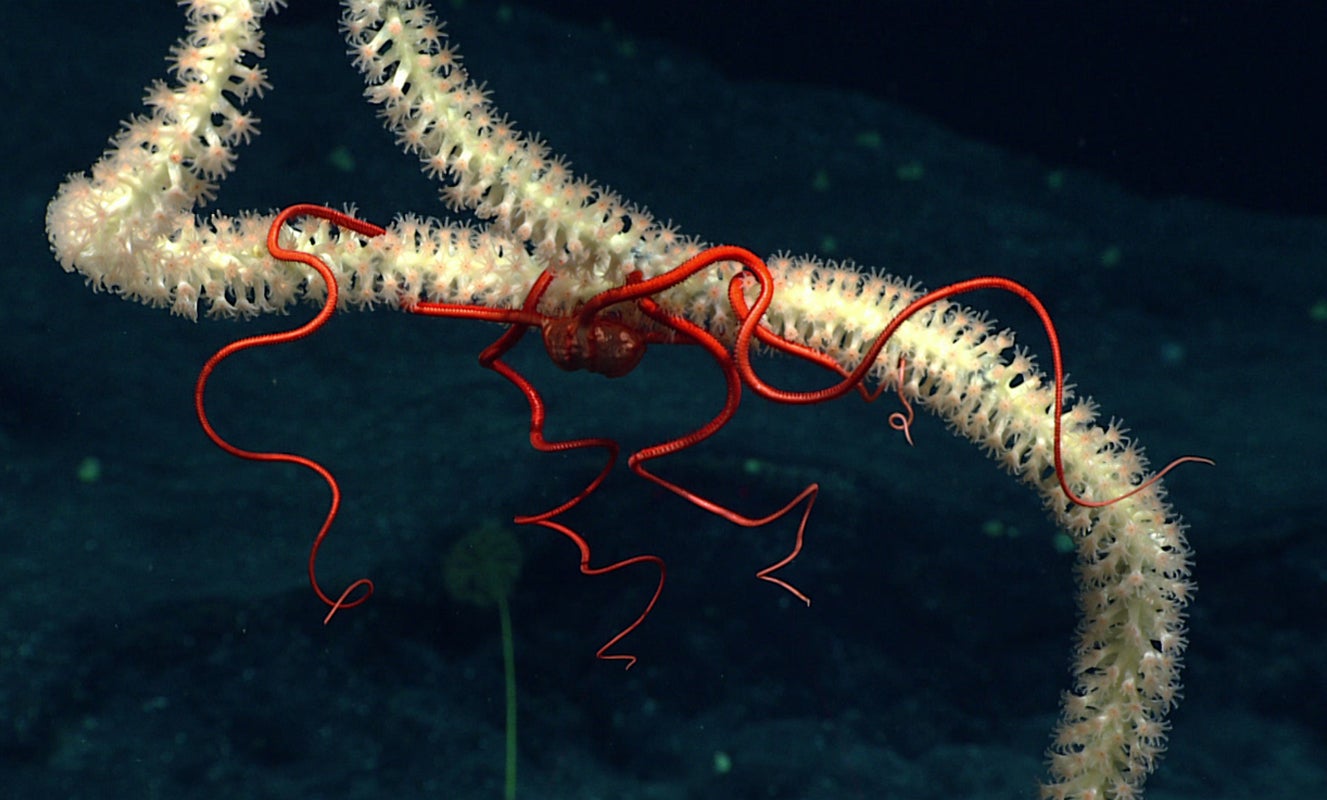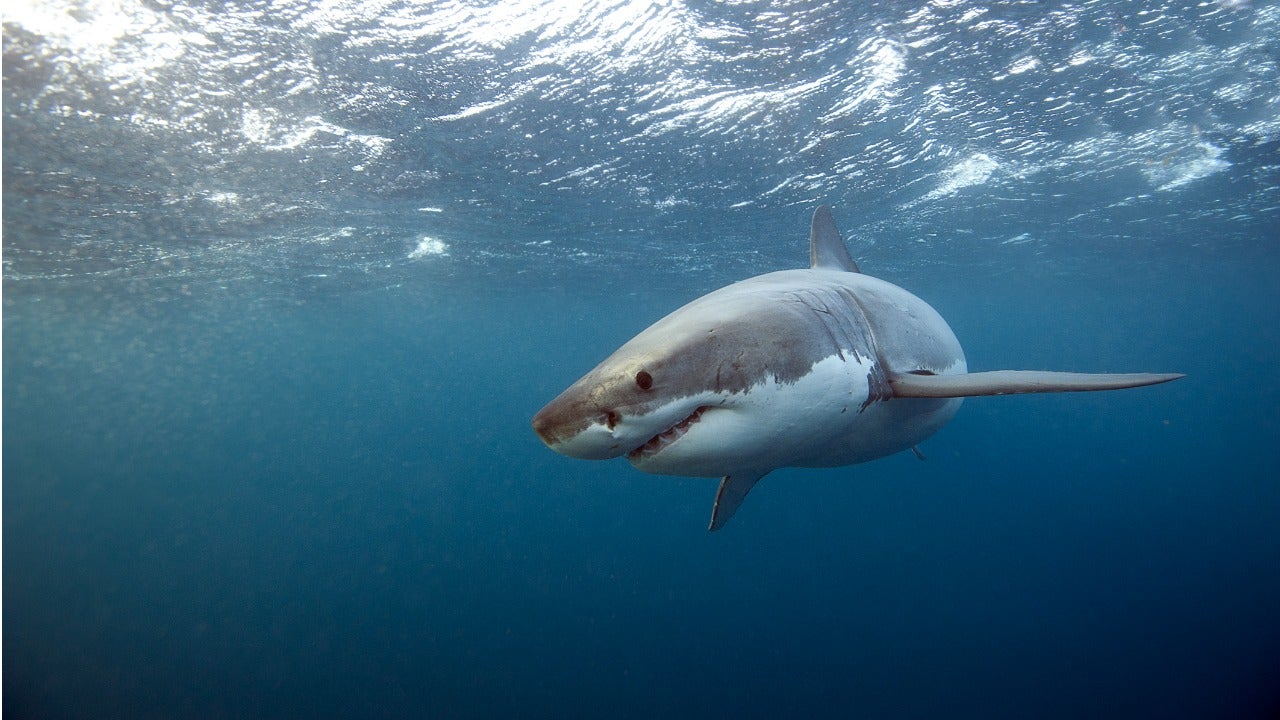The United Nations Convention on the Law of the Sea, the international treaty that sets parameters for management of the world’s ocean defines the resources of the ocean floor in areas beyond national jurisdiction as “the common heritage of [hu]man kind.” For decades the world has known that part of this common heritage includes a wealth of minerals that are relatively scarce on land—particularly cobalt, manganese, nickel, and copper. Yet to date their relative inaccessibility, in some cases over a mile below the surface and often thousands of miles from shore, has kept them and their deep ocean ecosystems off limits to exploitation.
Now, due to soaring demand, a new industry is poised to tap into this abundance of minerals. And regulators must decide how to balance an emerging push to mine them with the precaution required to protect one of Earth’s greatest natural assets — our ocean. This is particularly challenging on the High Seas where no one nation has sovereignty.
But how can we regulate what we don’t understand? No one really knows the extent of what exists on the deep ocean floor, or what harm could be done by churning up or stripmining the layers of sediment and life — entire ecosystems that have never before been disturbed by direct human activity.

Image courtesy of NOAA
Last week, the International Seabed Authority (ISA), the body tasked by the United Nations with managing the “common heritage,” held an important meeting at its headquarters in Jamaica. Delegates from the nations of the world deliberated a draft set of regulations, a “Mining Code,” with the goal of producing a regulatory regime that would dictate how, when, where, and by whom deep sea mining operations could proceed.
For some observers, deep sea mining can seem like an appealing alternative to terrestrial mines, many of which are plagued with environmental and human rights offenses or located in geographic regions rife with political instability. Estimates show that there are perhaps as much as 20 times more copper, cobalt, nickel, and manganese on the seabed than on land, so some international mining conglomerates want access.
The minerals are found in three main sites. There are polymetallic nodules that lie in abundance on some areas of the abyssal plain, with a particularly noteworthy cluster found in what is called the Clarion Clipperton Zone, a nearly 2 million square mile region of the Pacific Ocean between Mexico and Hawaii. The second grouping is in polymetallic crusts on the slopes of underwater mountains, ridges, and plateaus. Third are massive sulfide deposits, formed at active boundaries of tectonic plates.
These areas also contain staggering biodiversity that scientists are only just now beginning to understand. The same remoteness, depth, darkness, and pressure that has kept companies from exploiting this seabed bonanza has also left them all but off-limits to scientific discovery. Now, virtually every time an expedition finds a means to investigate these depths, they make myriad breathtaking and revolutionary discoveries.
New discoveries in 2017, for example, found that colonies of life around hydrothermal vent systems are not uniform, and that vent systems less than 50 kilometers apart can have unique species that are not found in neighboring sites. Combined with the still accelerating rate of new species discovery in these regions, permitting mining activity in one sea floor community could risk extinction of multiple creatures endemic to that site.
Even on abyssal plains, where mining operators would not have to dig deeper than a few feet of mud to scoop up mineral rich nodules, they would stir up plumes of fine sediment. As they resettle, these particles would blanket and potentially choke off colonies of life for vast distances around. Studies have shown that the ability of slow-growing deep ocean species and ecosystems to recover from such mining activity approaches zero in many cases.

Image courtesy of NOAA
While the ISA has already issued 29 exploratory permits for areas of the deep ocean, no actual mining has begun in international waters. So the question now is how to proceed.
Some advocates have suggested that the ISA implement a 10-year moratorium on seabed mining operations. This would coincide with the UN’s upcoming Decade of Ocean Science, and allow the international community additional time to study and weigh the potential impacts of the destruction that mining activity would inevitably cause. This would also allow battery manufacturers and others who currently use cobalt and other deepsea minerals to come up with alternatives that could depress demand for minerals such as cobalt and perhaps make seabed mining operations entirely unprofitable.
One misstep by the ISA or the companies it is proposing to regulate could lead to ecosystem destruction and extinction on a massive scale. If seabed mining is ever to become a reality, it must be with a full, clear-eyed understanding of what is truly at risk. Given humankind’s history with mistakes, missteps, and our apparent inability to prevent disasters—including most recently Deepwater Horizon and Fukushima—a failsafe regulatory regime appears to be all but impossible.
But for now, when it comes to understanding the deep seabed, we all remain just like the creatures that have evolved in these places beneath thousands of meters of seawater: under tremendous pressure and completely in the dark.
For more information, we recommend the publications of our partners at the International Union for the Conservation of Nature, the Gallifrey Foundation, Pew Charitable Trusts, the Deep Sea Conservation Coalition, and the Deep Ocean Stewardship Initiative. Top image courtesy of the NOAA Office of Ocean Exploration and Research, 2016 Deepwater Exploration of the Marianas.


